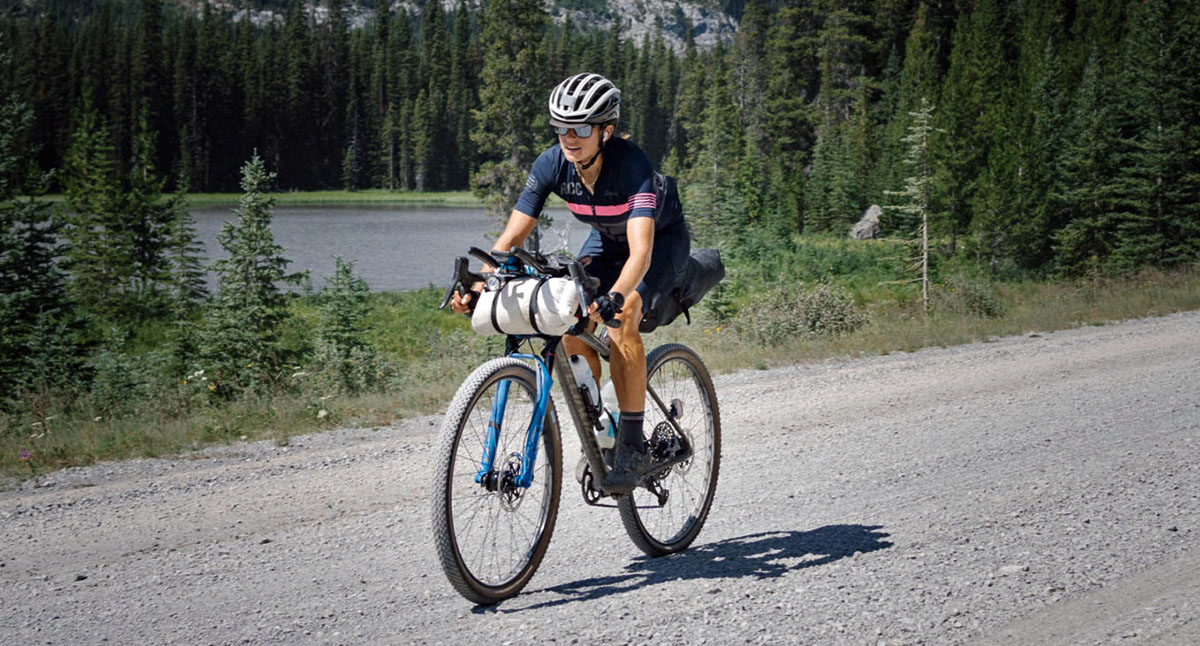Lights for the Tour Divide
Before our ride on the Oregon Outback, Lael replaced her headlight – which was designed for mountain biking – with a more road-oriented SON Edelux II. The more even illumination of the road surface by a shaped beam makes riding at speed much easier and less fatiguing. And a single LED consumes much less power – and causes less resistance – than 3 LEDs that shine much of their round beams into the sky.
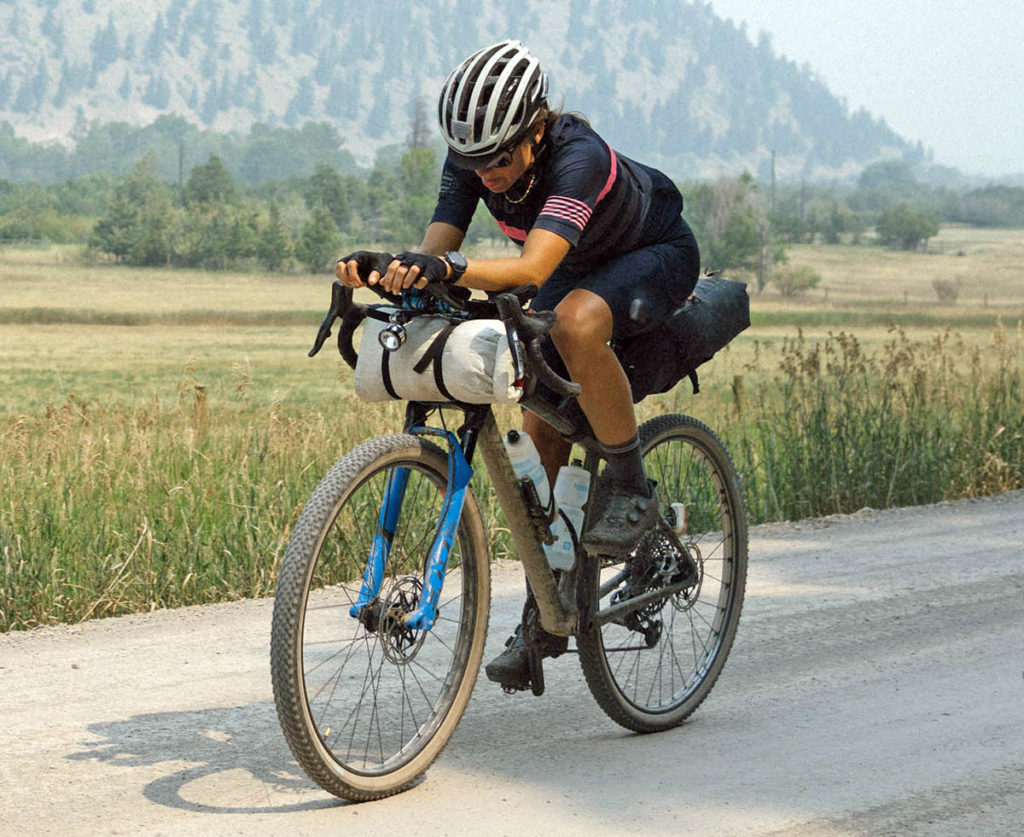
Lael liked the Edelux II so much that she kept it on her bike for Unbound XL and her time trial on the Tour Divide. She was already running a SON generator hub, because the last thing you want on a big ride is a hub that suddenly freezes up…

Like many bike components, SON hubs and lights have been in short supply lately. We’ve just received a shipment from Germany, where these super-high-quality parts are made. This includes the SON 28 15 mm thru-axle hub that Lael is running on her bike and the Edelux II headlight for hanging attachment (to keep the tops of the bars clear for aerobars).
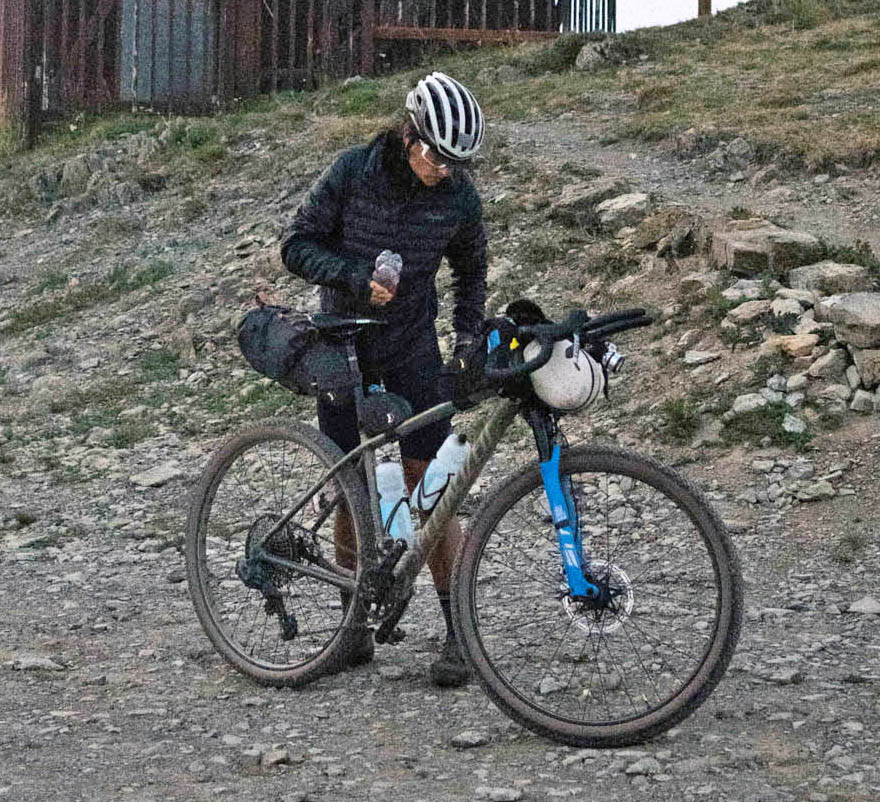
You’ve probably noticed that Lael’s light is pointing downward in a few of the photos. I asked her about that, and she said: “It would be great to have a handlebar-specific mount for the light – both for dropbars & aerobars. I’m currently using a mount with an adapter. The light was definitely swinging around – not horrible, but not great.” That’s something to think about. I attach my lights directly to the front racks of my bikes, so this isn’t an issue. For bikepacking without a front rack, there needs to be a better solution!
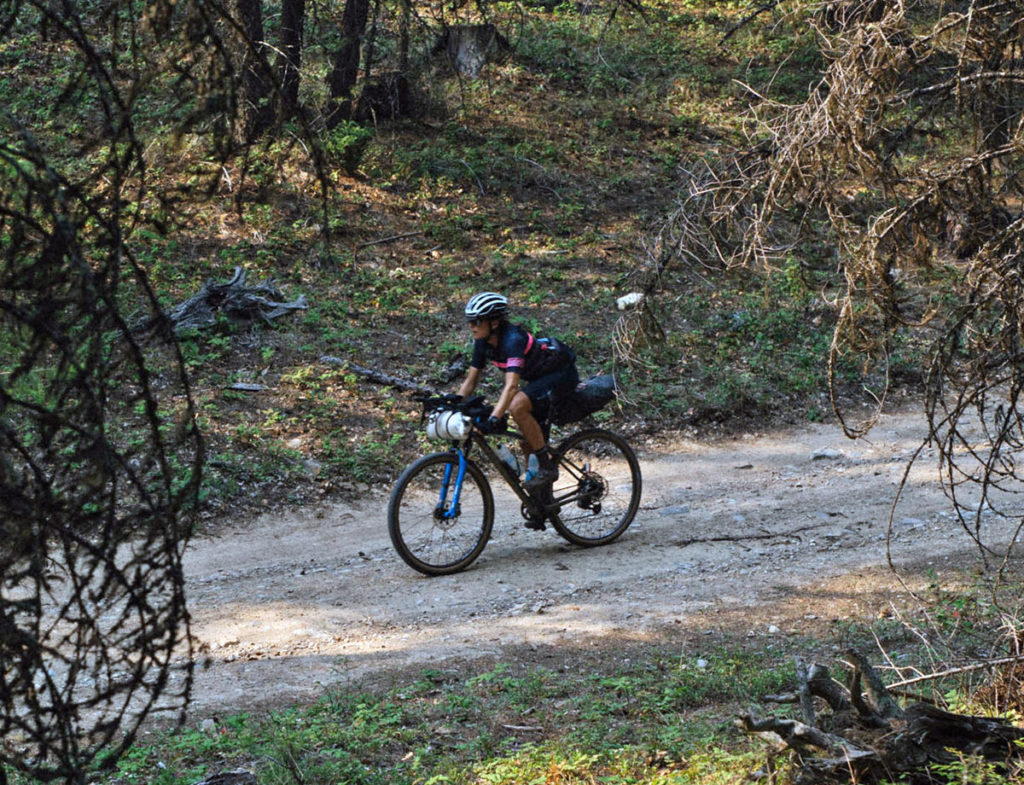
This is also a good place to answer a few common questions about SON hubs and lights:
- Why do we recommend the SON 28 for mountain bikes and the SON Delux for road and gravel?
The SON 28 gives more light at very low speeds, which is useful when mountain biking. At speeds above 5 mph (8 km/h), the SON Delux has less resistance, while giving plenty of light output with modern LED headlights. - Why doesn’t the Edelux headlight have a port for charging electronics?
It would be nice to have an integrated port for charging electronics: Just plug your device into your headlight and charge as you go. Unfortunately, there’s a hitch: At moderate speeds – the speeds most of us ride most of the time – we’re right at the threshold between charging and not charging. Imagine plugging in and unplugging your electronics dozens of times during the charging process – that’s not healthy for the batteries! Instead, SON recommends external chargers that you connect to your generator hub. They have large capacitors to buffer this constant On-and-Off, so that your electronics receive a constant charge.
Headlights don’t have enough space inside for these capacitors, so they make do without. If you only charge your electronics when you ride really fast, that’s OK. Otherwise, it’s not ideal. And realistically, battery technology is advancing so much that charging electronics is becoming much less of an issue…
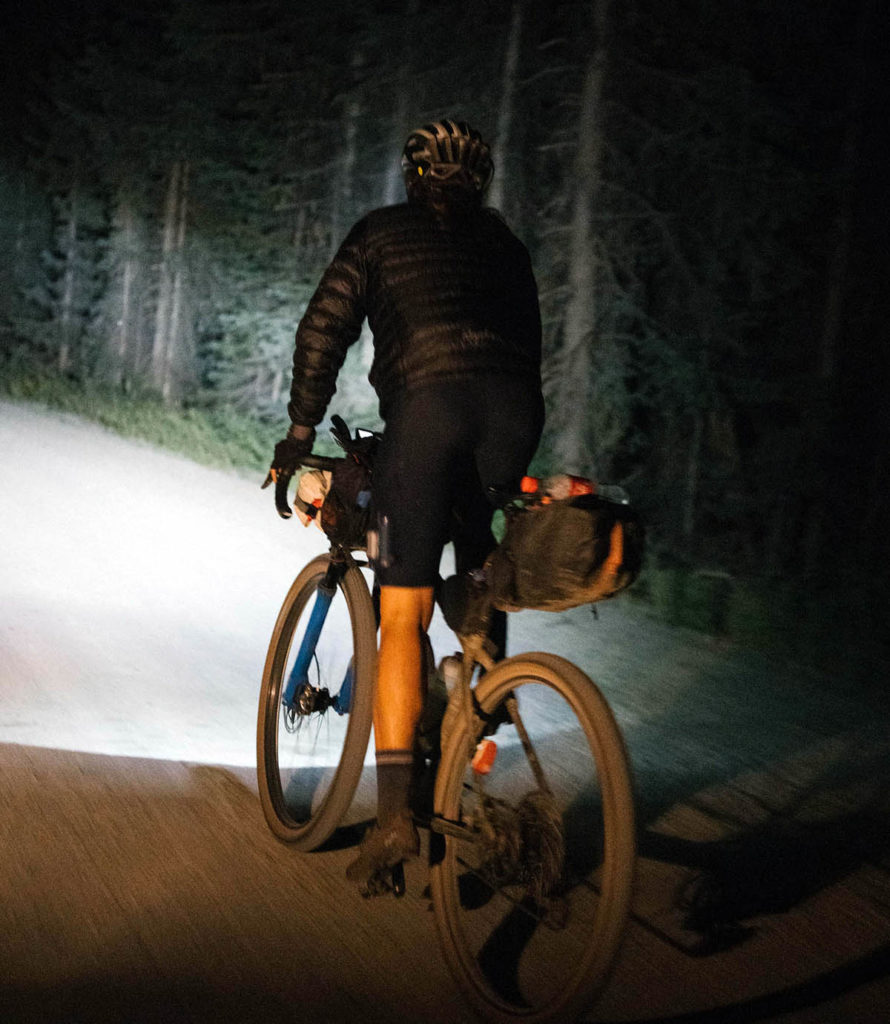
3. What is a shaped beam, and why does it make a difference?
The shaped beam puts more light into the distance to compensate for the shallower angle at which the beam hits the road. The beam is cut off at the top (clearly visible in the photo above) to avoid wasting light by shining it into the sky. The result is more even illumination of the road. It avoids bright spots right in front of the bike that are fatiguing when riding long distances. And by using less light and putting it just where you need it, the headlight draws less power from the generator hub – which means less resistance and more speed.
Further Reading:
• More on the different beam shapes of headlights.
• Lael’s story of her Tour Divide time trial.
Photography: Rapha & thereabouts


